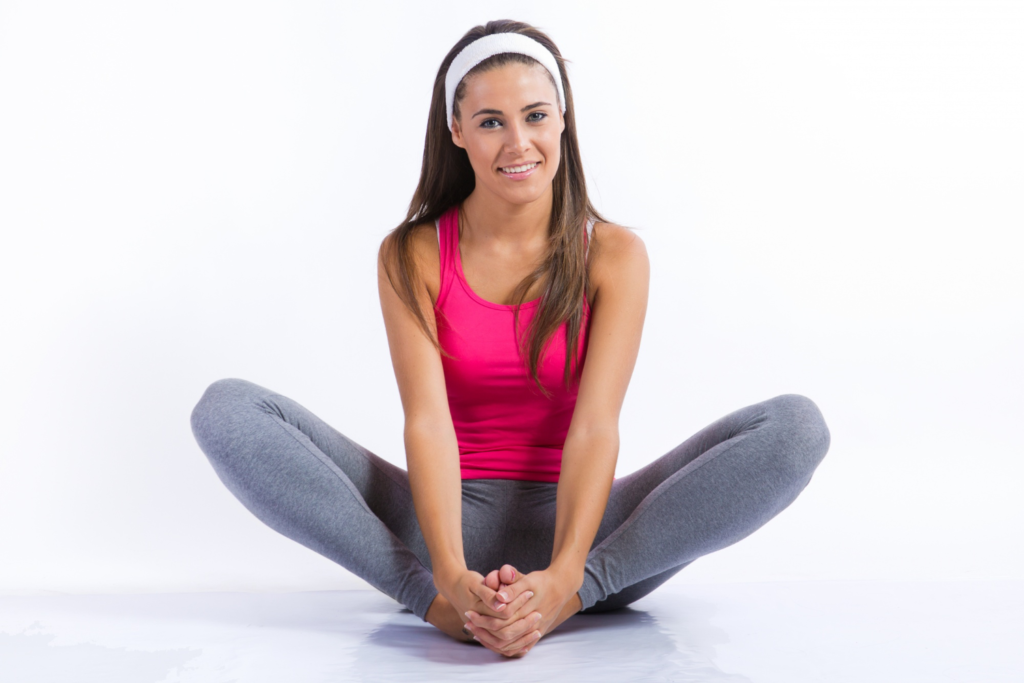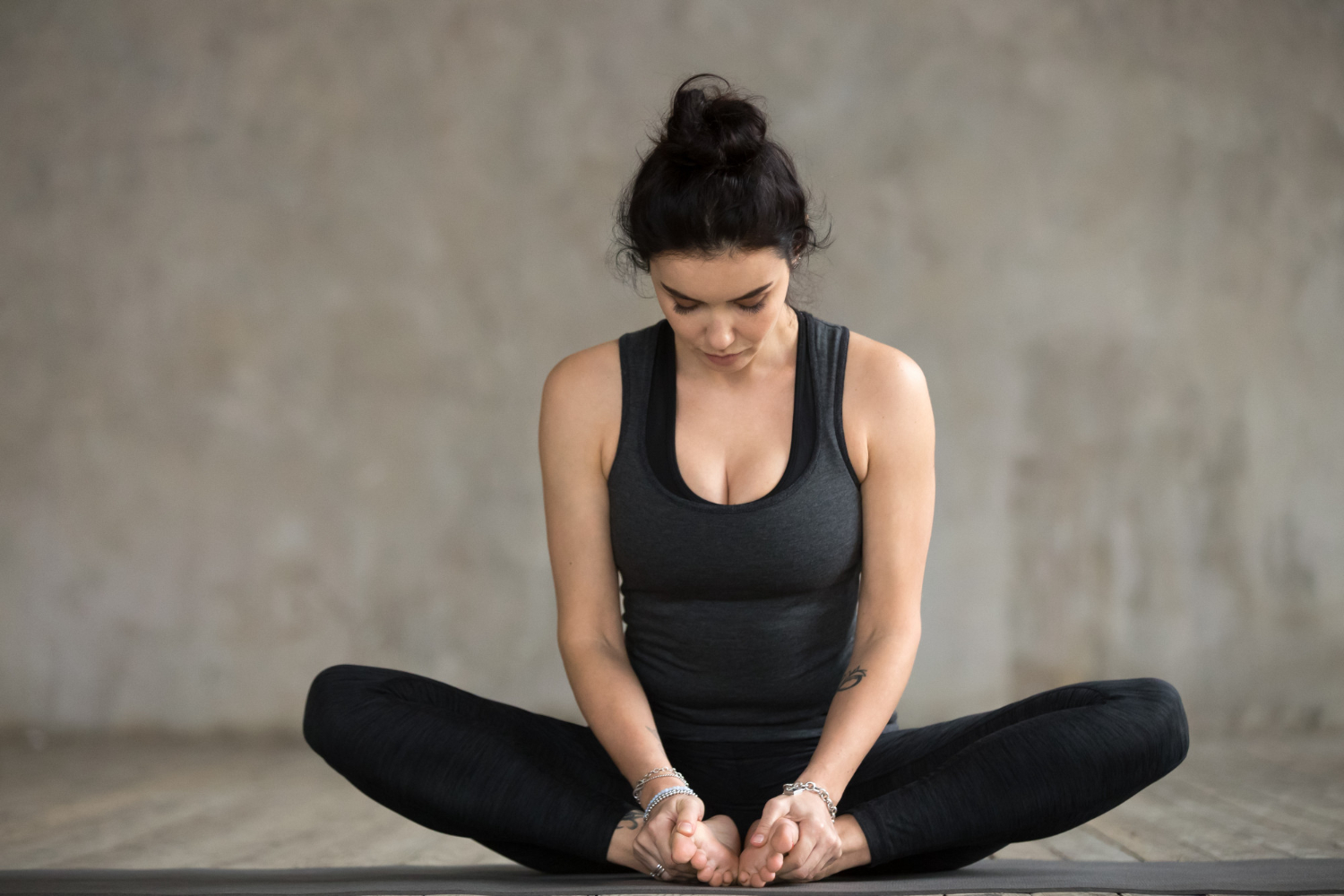Benefits of Butterfly Pose
Butterfly Pose, also known as Baddha Konasana, is a yoga asana that provides numerous benefits for the body and mind.
This pose helps to stretch and open the hips, groin, and inner thighs, which can be particularly beneficial for individuals who spend a lot of time sitting or have tight muscles in these areas.
By practicing Butterfly Pose regularly, you can improve flexibility in these areas and reduce stiffness and discomfort.
Additionally, this pose can help to stimulate the abdominal organs, bladder, and kidneys, promoting better digestion and detoxification.

Butterfly Pose also has a calming effect on the mind, reducing stress and anxiety.
It can help to improve focus and concentration, making it a great pose to practice before engaging in any mentally demanding tasks.
Overall, incorporating Butterfly Pose into your yoga routine can lead to increased flexibility, improved physical health, and enhanced mental well-being.
Proper Alignment and Technique
To practice Butterfly Pose with proper alignment and technique, follow these steps:
1. Begin with your legs extended in front of you on the floor
2. Bring the soles of your feet together while bending your knees, allowing your knees to drop out to the sides.
3. Hold onto your feet or ankles with your hands.
4. Sit up tall, lengthening your spine and keeping your shoulders relaxed.
5. Gently press your knees down towards the floor, feeling a stretch in your hips and inner thighs.
6. Breathe deeply and hold the pose for 1-3 minutes, gradually increasing the duration as you become more comfortable.
Remember to listen to your body and modify the pose as needed, especially if you have any existing injuries or conditions.
Variations and Modifications
There are several variations and modifications of Butterfly Pose that you can explore to suit your individual needs and level of flexibility.
Here are a few options:
1. Use props: If you have tight hips or groin muscles, you can place yoga blocks or folded blankets under your knees for support.
2. Reclining Butterfly Pose: Lie on your back and bring the soles of your feet together, allowing your knees to drop out to the sides. This variation is a gentle way to open the hips and can be particularly beneficial for individuals with lower back pain.
3. Bound Angle Pose: From Butterfly Pose, bring your feet closer towards your pelvis and hold onto your toes with your hands. This variation provides a deeper stretch for the hips and inner thighs.
Remember to approach variations and modifications with caution, and always listen to your body. It’s important to find the variation that feels right for you and avoid pushing yourself too far.
Breathing Techniques
Incorporating specific breathing techniques into your Butterfly Pose practice can enhance the benefits and deepen your experience.
Try the following breathing techniques:
1. Deep belly breathing: As you sit in Butterfly Pose, focus on breathing deeply into your belly. Feel your abdomen rise and fall with each breath, allowing the breath to naturally lengthen and deepen.
2. Alternate nostril breathing: Close your right nostril with your right thumb and inhale deeply through your left nostril. Then, close your left nostril with your right ring finger and exhale through your right nostril. Continue this pattern, alternating the nostrils with each breath.
3. Ujjayi breath: Inhale deeply through your nose, allowing the breath to create a gentle ocean-like sound in the back of your throat. Exhale through your nose, maintaining the same gentle sound.
Remember to always breathe smoothly and avoid straining or holding your breath.
Incorporating Butterfly Pose into Your Routine
Butterfly Pose can be a valuable addition to your yoga or exercise routine.
Few tips to incorporate while practicing Butterfly pose:
1. Warm-up: Before practicing Butterfly Pose, it’s important to warm up your body with some gentle stretches or a short yoga sequence. This will help to prepare your muscles and joints for the pose.
2. Stand and stretch: If you find it difficult to sit on the floor, you can practice a modified version of Butterfly Pose by standing against a wall. Place your feet about hip-width apart and press the soles of your feet together. Slowly bend your knees and lean against the wall, allowing your hips to open and your knees to drop out to the sides.
3. Combine with other poses: Butterfly Pose can be combined with other yoga poses to create a well-rounded practice. Consider incorporating poses that target the hips, such as Pigeon Pose or Happy Baby Pose, to further enhance your flexibility and release tension in the area.
4. Practice regularly: Consistency is key when it comes to reaping the benefits of Butterfly Pose. Aim to practice it at least a few times a week, gradually increasing the duration and intensity as your flexibility improves.
Remember to always listen to your body and modify the pose as needed. It’s important to approach the practice with patience and respect for your own limits.


1 thought on “Baddha Konasana : The Butterfly Pose”